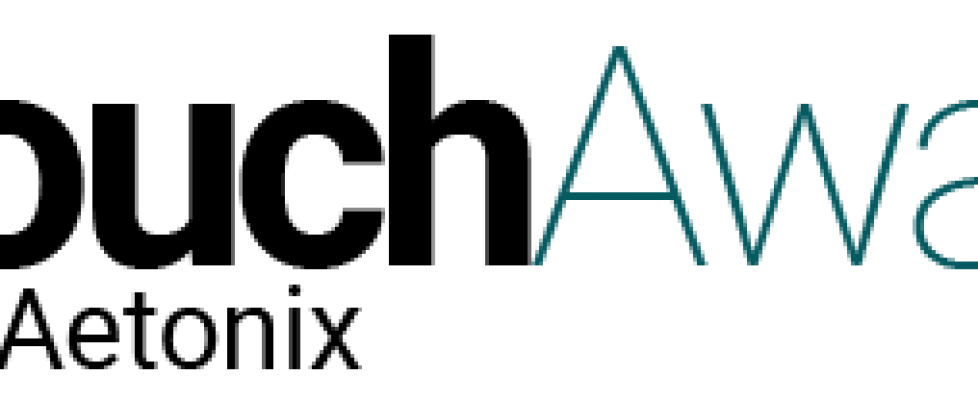2020 Vision – Better Connectivity is Helping Health Care – aTouchAway Remote Patient Monitoring (RPM) Platform Experiencing Exponential Growth
A patient’s ‘circle of care’ can include relatives, friends, a spiritual adviser or the pharmacist, not just doctors, nurses, or telehealth clinicians. Technology is helping bring them all together.
BRIGITTE PELLERIN
January 3, 2020
A fresh decade means fresh ideas. Brigitte Pellerin talks to some of the local people who are innovating – some in small ways, some in big ones, some in community-focused enterprises. Today, Michel Paquet works to keep people better connected and better served by our health care system.
One of the best ways to improve people’s health is to focus on social connections as much as medical treatments. Michel Paquet certainly believes it.
The founder and CEO of Aetonix didn’t set out to become a health care innovator. He was working in high-tech, travelling the world, being successful. But when both his father and his aunt became seriously ill, his career path veered towards connectivity and health.
His family members did not live close to one another, and they were suffering from the separation in their moment of need. In 2014, Paquet founded Aetonix and now his mission is to provide simple solutions to complex care management – especially for patients in remote locations – and to make telehealth, telemedicine, virtual exams, and virtual hospitals possible in any geographical location at any time on any day.
The tool Paquet invented, aTouchAway, available from mTelehealth, includes a tablet in the patient’s home with very simple, intuitive buttons and is combined with a variety of Bluetooth Remote Patient Monitoring (RPM) devices (i.e. – scale, blood pressure monitor, pulse oximeter, glucometer, activity/steps bracelet, fall detection monitor, etc…). You want to call your daughter or your nurse? Simply tap on that person’s face and the system will call her.
Paquet’s mission is to provide simple solutions to complex care management – especially for patients in remote locations – and to make “virtual hospitals” possible.
It works in reverse, too. Using the app, doctors or home-care providers can easily check on patients. Patients can monitor their vital signs, such as blood pressure or oxygen levels, using the tools that are connected to the system. That information is automatically shared with everyone in that patient’s “circle of care.”
So far, so routine. Skype already exists, and so does remote monitoring of vital signs. What sets Aetonix apart is that it combines the two and adds much functionality besides.
For one thing, patients are not restricted to calling just their nurse or doctor. The “circle of care” can include relatives, friends, a spiritual adviser or the pharmacist. This helps fight social isolation by making face-to-face connections easy.
Patients who are comfortable with technology have access to their health information, health resources as chosen by their health professional, and much more. Often those patients will forgo the tablet and simply use the app on their personal phone.
But you want to know about virtual hospitals. There is no question we’ll need to rethink how we deliver health care, especially as 20 per cent of Ottawa’s population is predicted to be over the age of 65 by 2031. For people in that age group with complex health issues, travelling to a hospital or clinic can be a heavy burden, and sometimes the only reason they go to the hospital is because that’s where the doctors are.
Already in Ontario, Paquet said, complex care patients account for 65 per cent of health care costs, or about $33 billion. Keeping people out of hospitals whenever possible has to be part of our health care future.
With systems such as aTouchAway, it’s possible not only to monitor patients’ vital signs but to let doctors consult via secure video and build clinical protocols guiding everyone involved in a patient’s “circle of care” on what actions to take and when.
Following patients and caring for them remotely also cuts down on hospital readmissions after procedures or surgery. One hospital in Napanee managed to reduce 30-day readmissions from 23 per cent to three percent for chronic obstructive pulmonary disease patients using Paquet’s tool.
“We help health care professionals manage remotely the care of complex patients at home, avoiding hospital readmission, increasing outpatient care, decreasing the length of stays, and improving patient outcomes. It is a fully integrated platform to monitor, connect and guide the home patients,” Paquet explains.
Of course, being a tech guy, he’s pretty excited about the future. He thinks wearables (including “smart” clothing equipped with sensors) and the internet of things will help us keep more people safely at home and will also improve health research. I’m not sure I’m as keen as he is to have sensors in my socks, but there’s no question technology will play a significant role in the future of health care.
Michel Paquet’s father was only able to enjoy aTouchAway for a few weeks before he passed away. He was the inspiration for the innovation that will help us be healthier and better connected. I want to believe he would be happy to know that.

